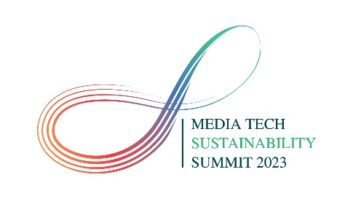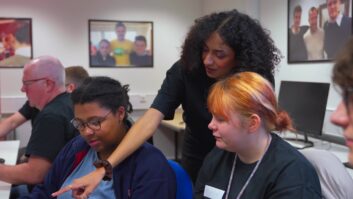Over the next few weeks, TVBEurope will be looking at five key drivers of change within the media tech industry.
The features will focus on sustainability, diversity, professional development, employee welfare and the future of the industry.
All five topics are areas that we know broadcasters are considering more critically in deciding which vendors to partner with.
TVBEurope invited a number of vendors to share their thoughts on each topic with us, kicking off with sustainability.
Tell us about your organisation’s green targets/initiatives
François Polarczyk, sustainability director, Accedo
At Accedo, we have a Science Based Target for emissions reduction approved by the SBTi. This includes a number of commitments we have made:
-
- to reduce absolute 1 and 2 GHG emissions 46,2% by FY2030 from a FY2019 base year, and by 100% by FY2050.
- to increase annual sourcing of renewable electricity from 58% in FY2019 to 100% by FY2030.
- that 85% of our suppliers by emissions covering purchased goods and services, upstream transportation and distribution and business travel, will have science-based targets by FY2027.
- that 50% of our customers by emissions covering use of sold products, will have science-based targets by FY2027.
We are a member of the UN Global Compact and are in the process of setting up our Sustainable Development Goals criteria.
Accedo is launching a Sustainable Marketplace for customers to assess vendors not only based on cost and performance, but also on sustainability criteria such as ESG KPIs, or products which have a sustainable function. More details will be announced ahead of IBC.

We set up the Sustainability Roundtable to connect content providers and tech vendors from the OTT ecosystem, to brainstorm around potential experiments where sustainability takes a central role, with the aim to help organisations with their sustainable transformation. In the first session we were joined by 10 service providers, including ITV, A&E, and Waterbear Network, and 10 vendors, including AWS, Cleeng, Seenthis, and Greening of streaming. Our guest speaker opened everyone’s eyes to the negative impact of advertising and the need to redefine it.
We have also led some research on app-level changes influencing the energy efficiency of devices. This involved looking at the engineering and design factors that would impact energy efficiency of OTT devices.
Matthew Williams-Neale, VP marketing, Appear
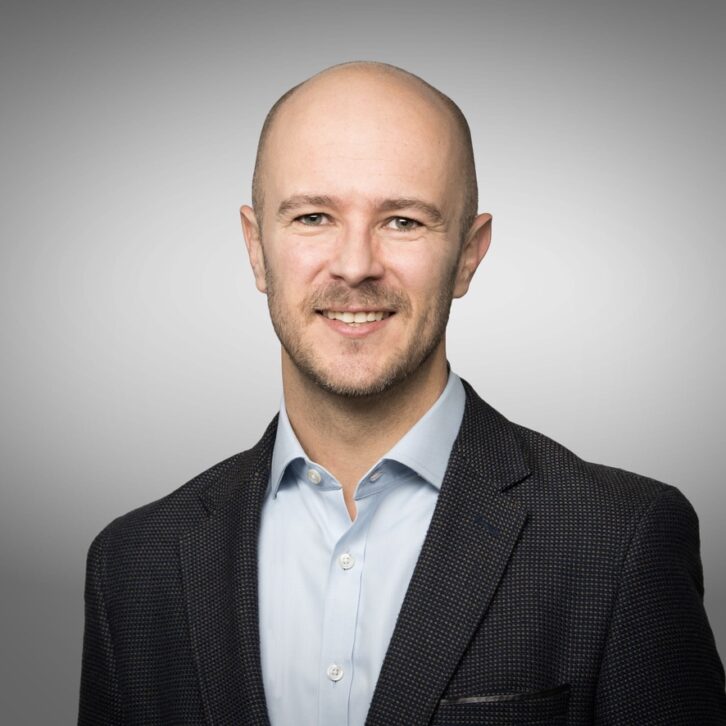
At Appear, we’re committed to ensuring we have the lowest environmental impact possible across everything we do – this includes our R&D process, manufacturing, shipping, testing, deployment and eventual product disposal. All our products are designed and assembled in Norway using electricity from hydropower production, and our products comply with all EU directives, including ISO 9001, ISO 14001, REACH, and WEEE.
The real key to making our solutions as green as possible is our elegant engineering that bakes-in sustainability from the R&D and product concept. It means we don’t need to specifically design our products from the first phase to be sustainable, it’s a by-product of the way we design solutions and products. Elegant engineering is efficient engineering, and it ensures that the values of sustainability are at the heart of everything we do.
Caroline Meyer, chief human resources officer, Bedrock
We have taken proactive steps towards promoting sustainability and addressing climate change through our green targets and initiatives. One such initiative is the deployment of La Fresque du Climat for all employees. This unique programme enables our team members to deepen their understanding of the challenges posed by climate change, its underlying causes, and its far-reaching consequences. By participating in this initiative, our employees are equipped with the knowledge and awareness needed to identify both individual and collective solutions for taking action. We believe that empowering our workforce with this valuable information fosters a culture of environmental responsibility and enables us to make informed decisions towards a more sustainable future.
How much is sustainability now a part of your R&D function for new and future products?
Christopher Brähler, vice president of product, at SDVI
Designing for sustainability has been a core engineering tenant for several years, as it makes both ecological and financial sense to make our platform more energy efficient. We continually look for ways to use more efficient processors to perform more of the jobs in our supply chains.
We’ve also partnered closely with AWS, which means we (and our customers) benefit from their ongoing efforts to make the AWS cloud more carbon-neutral. In fact, in 2022 we saw a significant reduction in our AWS carbon footprint, even though we processed 24% more jobs on the Rally platform, thanks to the renewable energy usage in AWS data centres.
In a media supply chain, most gains in sustainability go hand in hand with gains in efficiency and money savings. If I reduce my waste by cutting out unnecessary steps, I save time, money and emissions. A win-win-win!
Danna Mann, director of marketing, TAG Video Systems
We’ve been a software company that runs on COTS hardware and has had native cloud capabilities from day one, so efficiency is our state-of-mind and has always been. But we launched our sustainability journey in earnest this year.
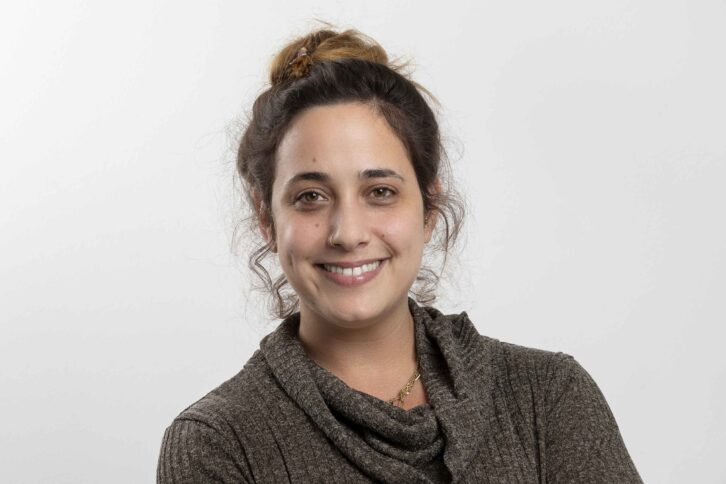
As a company, we develop software that is enabled by COTS hardware or the cloud. Efficiency is in our DNA. One of our top priorities is to develop technologies that ensure our customers can take advantage of the latest, most efficient solutions and products from cloud and hardware manufacturers. This industry moves very, very quickly with more eco-friendly solutions coming on market every day. As a software company we are constantly enabling our customers to use the latest innovations that not only allow them to avoid proprietary hardware, but using the most recent hardware and cloud instances will result in reduced CPU and power consumption, which is significant, but less equipment also reduces infrastructure real estate and allows human resources to be repurposed to more creative positions.
TAG also develops features that enable more efficiencies through automated processes. For example, we recently introduced our Content Matching technology that significantly reduces the number of people that are required to view the workflow end-to-end. By using a technology like Content Matching, our customers are able to choose solutions that support their efforts to become more efficient and sustainable. They can operate with less equipment, require fewer eyes-on-glass, and consume less power.
Matthew Quade, CEO, TSL
We introduced sustainability as part of our NPI process in 2022. In order to pass NPI any new product or solution will have to show how it plans to reduce its environmental impact against predecessors and competitors, both directly (i.e. materials, development and manufacturing process etc) and indirectly (e.g. power usage once installed with a customer).
We are focused on not just improving TSL’s sustainability, but also enabling and empowering customers to meet their targets.
In our audio range we have already reduced power consumption in the newer models by over 50% in some instances compared to their predecessors and competitors’ products.
In control we have developed virtualised options across our range of applications, and we have specifically developed the latest solutions in our power management range – our intelligent PDUs and our Insite infrastructure management software – to enable monitoring and reporting of power usage and emissions impact as well as providing intelligent control options to enable targeted reductions in power use and emissions.
Nicola Dal Toso, CEO, Videndum Production Solutions
Recent improvements to our carbon fibre production line reduced waste materials by over 90% while upgrading machinery reduced the number of times the water in baths for iodising paint is changed – saving over 6,000 litres of water per year.
We are introducing sustainability-focused design principles into packaging by using biodegradable alternatives to plastic bags, removing glue and adhesive labels, and printing directly onto boxes. Waste metals at our UK and Costa Rica sites are sorted and recycled.
The Bury St Edmunds site holds a zero-waste-to-landfill record for all waste. We sort typical waste for recycling at all sites, using colour-coded bins to improve segregation. Industrial scraps from our aluminium and magnesium manufacturing stages have been targeted for waste reduction, both in the design of our products and the end-life of scraps. Currently, none of our industrial scraps go to landfill.
Deniz Uetkue, director human resources, Guntermann & Drunck GmbH
At G&D, we are committed to sustainability and environmental protection. We are currently working intensively on an environmental DIN ISO certificate, which we expect to be granted this autumn. The certification confirms our ecological performance and our efforts in sustainability.
Another important area of focus is the expansion of electromobility. For this reason, we are planning to install energy-charging columns in our parking lots. We would like to offer our customers and visitors the opportunity to charge their electric vehicles in an environmentally friendly way and contribute to reducing CO2 emissions. In addition, we are planning to install photovoltaic systems in the near future. With these installations, we will be able to generate our own renewable electricity and manage our energy consumption sustainably. In this way, we will rely on green energy sources and reduce our carbon footprint.
Furthermore, we have committed to the use of reusable packaging with our suppliers and partners. This step enables us to significantly reduce packaging waste and minimise our environmental impact. We aim to continuously develop and implement new approaches for the sustainable production of our products in order to minimise our environmental footprint and contribute to the protection of our planet.
What are the most important things the industry as a whole needs to focus on?
Looking at an industry driven by technological developments, the focus lies on the generation of green energy. In light of the climate change, it is crucial that the need for sustainability is met. The industry should increase its focus on developing renewable energy sources such as solar energy, wind energy and geothermal energy.
By increasing the use of green energy, we can reduce dependence on fossil fuels and lower CO2 emissions. In addition, companies in the sector should intensify their efforts towards energy efficiency. By using energy-efficient technologies and processes, energy consumption can be reduced and resources saved. This not only protects the environment, but can also lead to reduced costs.
Overall, it is important that the industry understands its responsibility and actively commits to greater sustainability. By combining green energy generation and energy efficiency, we can build a more sustainable and future-proof industry.
Philippe Petitpont, co-founder and CEO, Newsbridge
The industry, as a whole, needs to focus on less “greenwashing” and more transparency, at every point in the digital services sector chain.
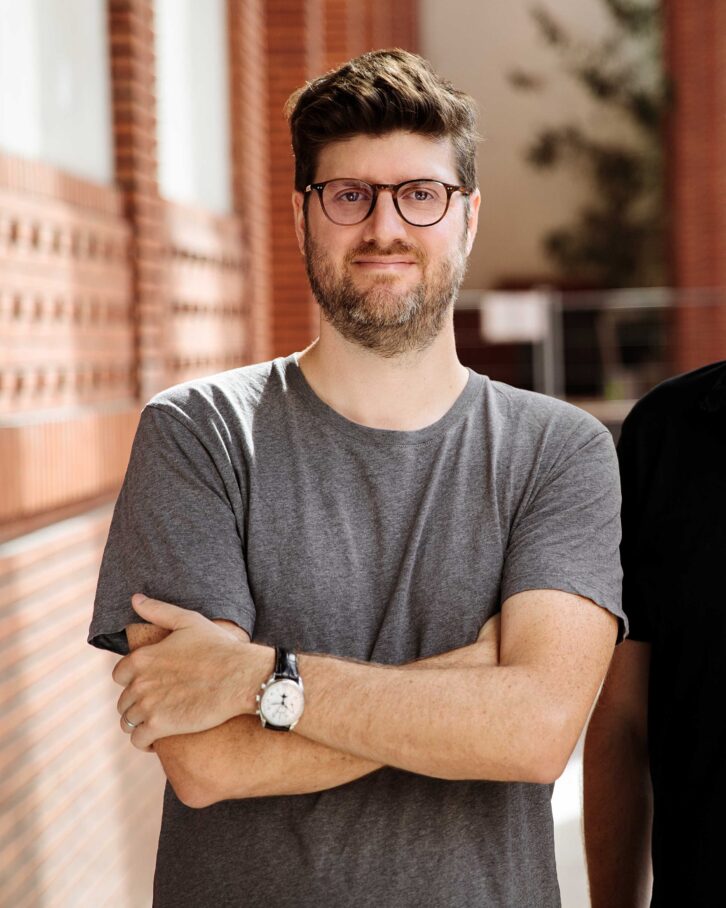
The reality is that companies can share different versions of their own carbon footprint by choosing specific calculation methodologies. And the carbon footprint impact and difference when considering Scope 3 emissions is significant, making true vendor comparisons impossible.
All data that contributes to a company’s scope 3 emissions, however, is not always shared. AWS’s Scope 3 emissions, which account for a huge chunk of Newsbridge’s own emissions, are a good example. They’re not made public, and not considered in the online carbon calculator available to their customers. We don’t have data on the percentage of AWS employees who go on business trips by plane, who are vegan versus meat-eaters, what modes of transport they take to the office, the amount of CO2 emitted from the AWS data centre warehouse, and so on. All these unknowns contribute to a company’s overall carbon footprint.
Dr Ciro Noronha, CTO, Cobalt Digital Inc
Sustainability is a big word with a lot of different implications. Since Cobalt is an equipment manufacturer, we are going to talk about it from this point of view. This is very important for Cobalt, because it turns out that having sustainability as a goal is good for business.
One of the first things that come to mind regarding sustainability is “use of energy”. In other words, how much power does it take to get the job done, and a “sustainable” product will try to minimise that. Nowadays, in broadcast, there is a trend towards “doing everything in software” and “moving it all into the cloud”. While software can do anything if you give it a fast enough CPU, that CPU will be guzzling power and generating heat. Moving it to the cloud just means that the CPU is doing that elsewhere. While Cobalt has some cloud products, we also design specialised hardware using FPGAs and ASICs that can do the same job at a small fraction of the power. For example, we can do a dynamic LUT on a 4K signal in under 40W; doing that on a CPU will likely take 10 times that.
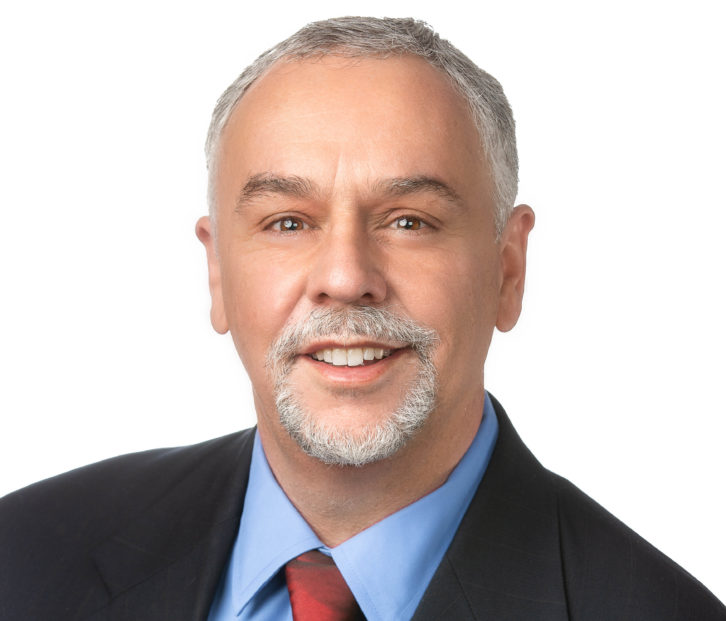
Using more power has consequences. You get the job done, but all that power becomes heat. You have push that heat out of the components into the environment. If there is a lot of heat, you need a lot of metal in heatsinks, and if the customer has lots of equipment, you need air conditioning. All that heat ends up in the environment somewhere. And, back to the heatsinks: a lot of metal, which takes natural resources. Depending on the amount of heat, now you need to put a fan inside the equipment. Ask any broadcast engineer what fails first in any equipment, and the answer will be the fan. You now have to replace it, and if you are good, the old one gets recycled. This can all be avoided if you design a power-efficient device – and the market will reward you. Throwing in FPGAs and ASICs is a lot harder than just writing software for a monster CPU, but you end up with a better product. This has always been a design goal at Cobalt. How can we increase the density? How power-efficient can we be? Can we do more with less? We do that because being sustainable and efficient is good business.
The end result is a product that is smaller, uses less material, less power, and yes, can be sold for a bit less. Customers appreciate that.
The industry as whole should focus on this. Don’t do the most expedient thing regardless of cost. You may be first to market (and there may be some rewards for that), but the more efficient product will eventually win.
